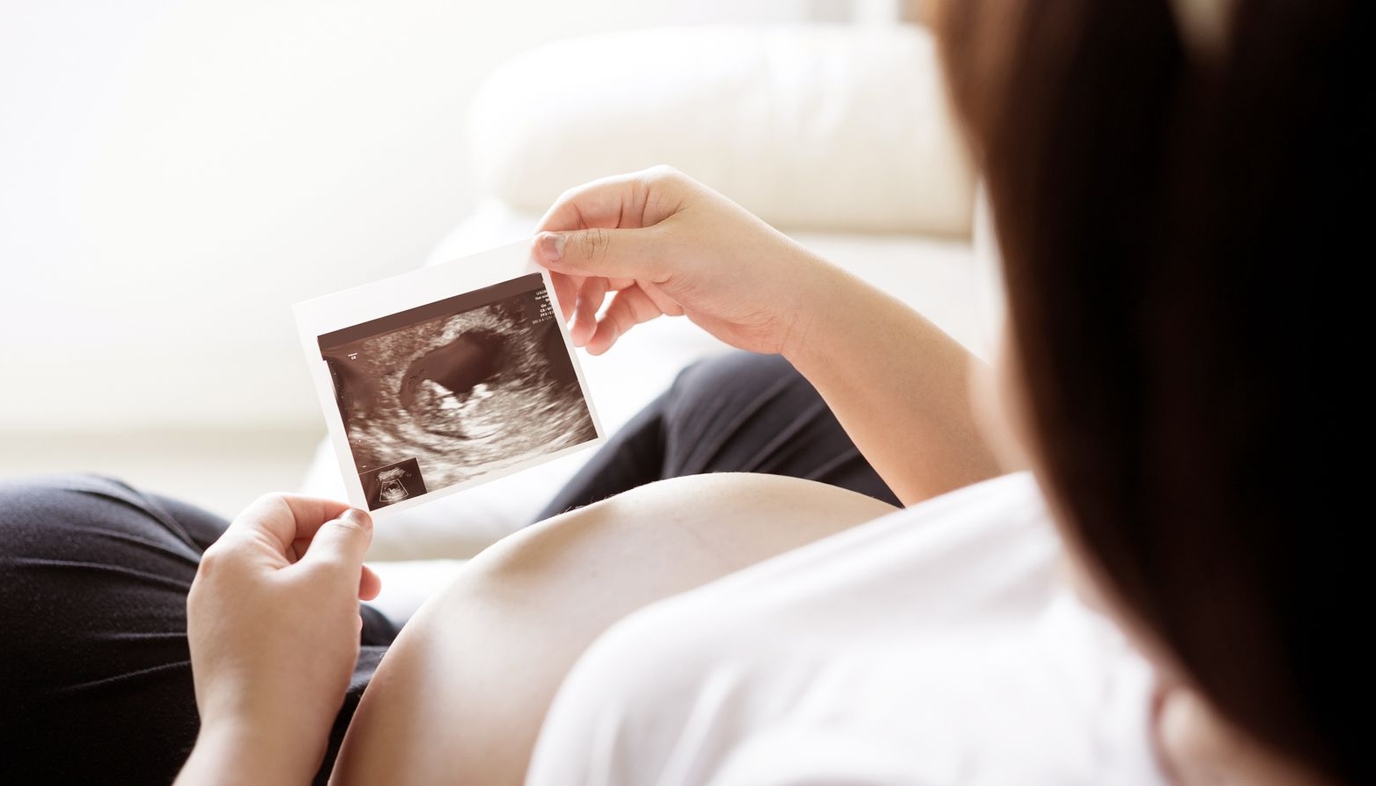
Congratulations – You’ve made it through your first trimester of pregnancy! Now, as much of the initial discomfort starts to subside, you can begin to relax and enjoy your new life as an expectant mom. Some people even refer to the second trimester as the “honeymoon” phase of your pregnancy. But even if you wouldn’t call it exactly that, you can still breathe a little easier in these months knowing that the greatest risk of miscarriage has passed, and you are just about halfway through this important journey.
Physical Changes in the Second Trimester
Your baby spent the first trimester developing its major organs and systems; now its job is to focus on growing. By the end of the second trimester, or week 25, your baby will be a little more than a foot long and about two pounds.
If you hadn’t been “showing” that much in the first trimester, that’s probably about to change now. Your uterus is expanding to accommodate the rapid growth of your fetus. At the 20th week, or about the halfway point of your pregnancy, your uterus will have expanded up to the level of your belly button. Your breasts will be getting larger too, as the milk-producing glands prepare to fill with milk for the baby. Many women also experience some leg cramps, swelling, heartburn, or constipation. But there’s some good news too: This is around the time when you will feel the baby’s first movements. If it is your first pregnancy, you may feel some fluttering between 18 and 20 weeks, and if you have been pregnant before, you may feel movement even earlier.

Medical Exams in the Second Trimester
During your second trimester, you will probably visit your doctor about once per month. She will continue to track your blood pressure and your weight gain. At this point, you should be gaining about 3/4 of a pound to one pound per week. You will most likely have an ultrasound during your second trimester so that the doctor can check that the baby is developing properly. This may be an opportunity to get an early “picture” of the baby – or even a video – and you may be able to learn the baby’s gender if you want to know.
For some mothers, second trimester tests may include one of two blood tests: the alpha-fetoprotein (or AFP) test or the more comprehensive “multiple marker screening test.” which measures the level of AFP and the hormones estriol and human chorionic gonadotropin (hCG) in the mother’s blood. These tests are used to determine the baby’s chances of neural tube defects or chromosomal abnormalities such as Down’s syndrome. If the tests indicate an abnormality or if the mother is over 35, she may opt to have the more definitive test known as amniocentesis done in the second trimester. This test draws a sample of the amniotic fluid through a needle and the fluid is examined to check for abnormalities.

Tips for Staying Healthy in the Second Trimester
During the second trimester, it is just as important as ever to maintain a healthy diet, take your prenatal vitamins, and practice good lifestyle habits such as regular, moderate exercise (if your doctor approves). You should get a good night’s sleep whenever you can because as your body gets bigger, sleep will become more and more uncomfortable. Now’s the time to get used to sleeping on your side – many experts recommend the left side to increase blood flow to your baby – and propping your back and tummy up with pillows if necessary.
Above all, take it easy. Your body is working hard at one of the most important jobs it will ever do. Make sure you give yourself time and space during this trimester to relax and enjoy the tiny life that is growing inside of you.
